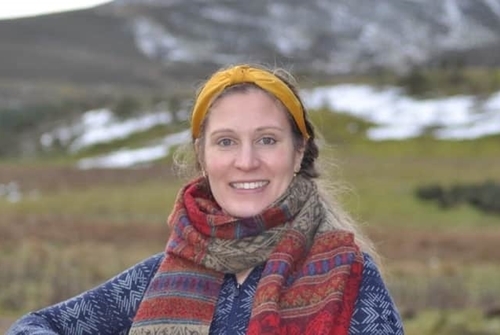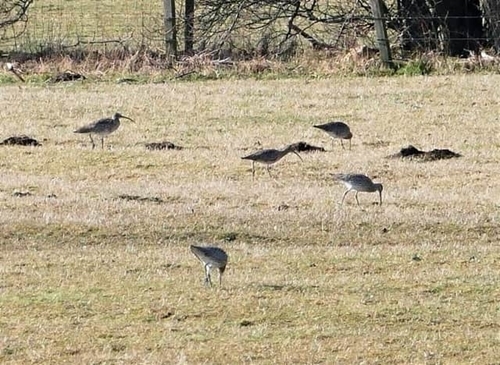Written by Louise de Raad, GWCT Head of Research Scotland (Article originally appeared in The Scotsman)

The plight of waders breeding in the UK is well known. All of our familiar species are in serious decline and we hear frequent warnings about local extinctions for some of them. Well known causes of decline are a loss of quality habitat due to changes in land use and intensified agricultural practices, and we are seeing increased losses of wader nests to a variety of predators. But there are still questions to answer: what are the relative impacts of different predators and how can these be managed? What are the most important features in the landscape for waders and how do they exploit them at different times of year? How can productive farming and wader conservation co-exist?
Data tells us that curlew populations declined across Scotland by 59% (1995 to 2018), twice the rate as in England. This is particularly worrying as Scotland holds around 60% of the UK curlew population and something clearly needs to be done.
GWCT is working hard to help these vulnerable species. At our Game and Wildlife Scottish Demonstration Farm, Auchnerran in Aberdeenshire, we are fortunate to still have thriving populations of lapwing, oystercatcher and curlew. Each year we conduct regular counts on the farm and surrounding areas to keep tabs on numbers and, where we can, we monitor breeding success – helped greatly by trail cameras, which capture vital information that is otherwise hard to come by, including what is causing nest losses. We are currently in the process of analysing the breeding data to investigate whether our farming practices have had an impact on breeding waders and whether the Agri-Environment Climate Scheme (AECS) has benefitted waders. All of this means we can adapt our management of the farm in light of the information at hand.

We are planning to tag adult curlew to find out more about how they move around their breeding sites and how they use the wider landscape, and we want to learn about their wintering quarters, the routes they take to them and what are important stop-over areas. All this helps us understand how to direct conservation efforts and scarce resources to maximise impact. In the next two years or so we hope to implement a landscape-scale management plan to help these struggling birds.
So, we know that factors limiting wader productivity are predation and loss of quality habitat, largely stemming from agricultural intensification. To support wader recovery in Scotland we need to find an appropriate balance between productive farming, habitat management for environmental benefits, and predator control. With a shift in farming support from 2025 to include direct payment for environmental outcomes, this will be vital. Achieving good habitat condition counts for little if we cannot also tackle the other causes of population decline.
If we are to achieve a significant recovery of curlew across Scotland, predator management and habitat management will need to go hand in hand, at least until populations have recovered sufficiently. I make no apology in repeating that we cannot simply preside over extinction. We must take the opportunity to assess all practical options at our disposal to safeguard the future of our curlew and other wader species.